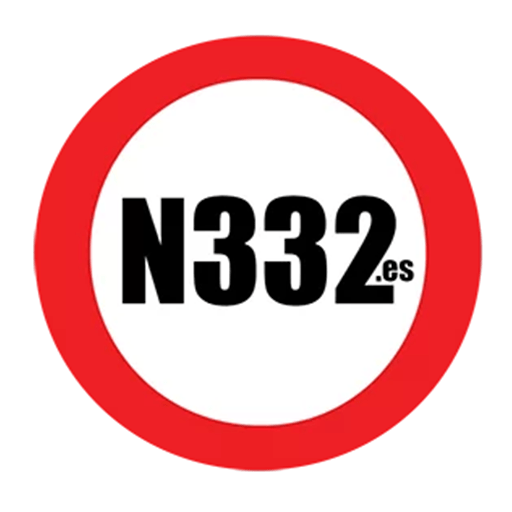In the form which most golf buggies take, their design and designation is that of a vehicle to be used on the golf course, for example, moving from hole to hole. Because of this, that are not normally considered road-ready, or road-legal, and are for the exclusive use on the course.
In simple terms, most golf buggies are not authorised for use on the roads of Spain.
The reason for this is that all vehicles are constructed for the purpose they are intended to serve, and for that purpose to be on the road, they must satisfy rigorous minimum safety requirements.
All cars which are sold for using on the road, for example, have undergone a rigorous testing protocol, and are scored based on factors such as the potential damage caused in a crash. That scoring system determines if they can be used on the road or not. Most golf buggies do undergo this type of test because they are not intended for road use.
There are, however, some makes and models of golf buggies which have undergone this process. As part of that certification protocol, they must also therefore be fitted with several standard features, in addition to satisfying crash testing, such as lights, rearview mirrors, seat belts, to name but a few, and these elements must be either factory fitted, or approved by the vehicle manufacturer.
In other words, you cannot just go to a local bazaar and buy a bathroom mirror and Sellotape that to the frame. These elements must also have been approved.
Moreover, once the vehicle satisfies those standards, it must undergo ITV certification in Spain, and have an ITV card issued. You can theoretically do this for any golf buggy, but only if it satisfies the minimum standards and is certifiable and has all of the elements mentioned.
Assuming your golf buggy does satisfy those standards mentioned (and more), it still doesn’t mean it cam be used on the road, because as a vehicle, it must also be registered. That then means it must display a number plate (in most cases of the few that would qualify it is likely to be comparable to a moped, or microcar, and so a yellow number plate would be the norm).
The vehicle also requires insurance, like all vehicles on the road, and the driver must hold an appropriate licence (AM being the minimum, although a B car licence automatically qualifies that). Driving without a licence is a criminal offence.
Only if or when a golf buggy has gone through the testing and registration process, and is registered and displaying the number plate, and if the vehicle is insured and the driver has the appropriate licence, can the golf buggy be considered road-legal and allowed to drive on the road. There are other requirements for driving once you reach this point.
And, to clarify another point, in golf courses which operate behind gates or in enclosed areas, the same rules apply if the area is open to the public, and so golf buggies which are not licenced and registered are also not even permitted on these roads within the enclosed golf complex in that case.
Discover more from N332.es - Driving In Spain
Subscribe to get the latest posts sent to your email.
